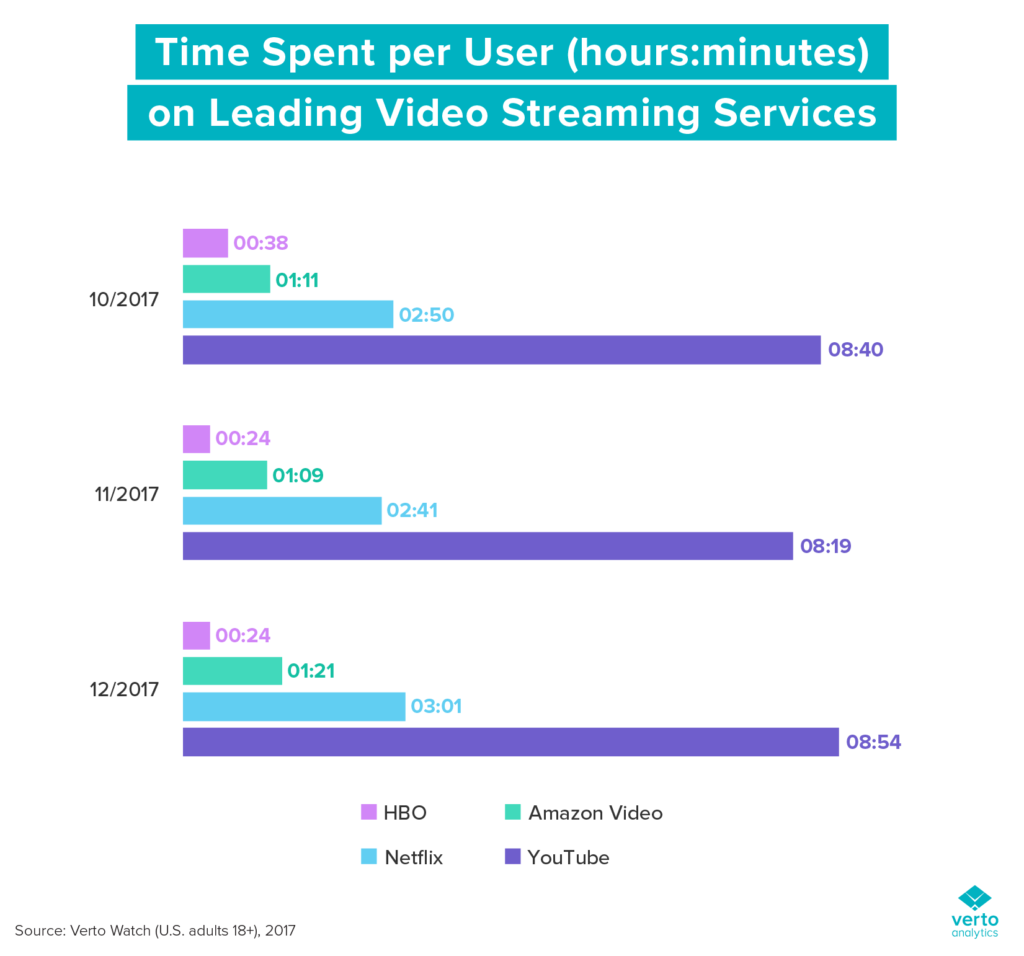“The greatest trick the devil ever pulled was convincing the world he didn’t exist”, The Usual Suspects. Today, artificial intelligence is following the basis of this quote. Although not very devilish in its ways, AI has done an incredible job convincing the world it doesn’t exist. Most of us consumers simply don’t realize when AI is working its magic.
Where are the brands in AI?
We have countless software brands: Gmail, Facebook, Salesforce, Netflix, Uber, Robinhood, Spotify, Snapchat, Maps, etc… And each of these use AI in a plethora of ways.
Consumers, however, have few ways to understand when and how AI is being used, and to judge for themselves if they see it as a benefit or not. It’s simply not a recognizable element of a brand. If AI is to become a meaningful facet of society, identifiable and understandable by consumers, its value must be articulated. And for that to happen, designers of AI-driven experiences must make the invisible visible; they have to give AI a good, old-fashioned brand identity.
Jason Brush, Fast Company
The key obstacle that AI faces, from a branding perspective, is that it has been engineered to be invisible. AI is often deployed as a way to eliminate friction and to reduce people’s awareness of technology. Unlike other familiar brand elements – color, typography, logos, texture, sound,tone of voice, photography style – AI is often seen as being most successful when it’s completely invisible.
This invisibility of AI is, in some cases, a benefit to the user and in other cases a detriment. Take, for example, the difference between Netflix and YouTube.

Netflix AI vs. YouTube AI
Both Netflix and YouTube invisibly employ AI to deliver your content, but with different effects. Netflix’s AI is designed to make the viewing experience simpler. Whereas YouTube’s is designed to elongate this viewing experience. And this makes all the difference when it comes to the branding of their AI. Let me explain.
Netflix uses AI to recommend content and convince you to watch their content as quickly as possible. Ideally, their first recommendation works and then the AI is out of the picture while you watch a 90-minute movie. Because Netflix is a subscription service, the less that their subscribers have to search and interact within their platform the more satisfied they are and the more likely they are to continue their subscribers. In Netflix’s case, AI is meant to reduce interaction within their platform. It’s this philosophy that has led to these numbers (in Q3 2018)
Netflix signed up 6.96 million customers in the third quarter, boosting its global total to 137.1 million.
Bloomberg
YouTube, on the other hand, is free to use and must make money from advertisements. Therefore, they use AI to increase user interaction on their platform. Its AI is designed to amplify whatever you click on, giving you an endless stream of only that narrow topic. They want you to follow that AI recommendation for as long as possible, while they reel in the advertisement profits. And it’s this AI-led experience that has led to these large numbers from this Q2 2017 earnings call (most current and reliable data we could find):
YouTube now has over 1.5 billion users. On average, these users spend 60 minutes a day on mobile. But this growth isn’t just happening on desktop and mobile. YouTube now gets over 100 million hours of watch time in the living room every day, and that’s up 70% in the past year alone.
Sundar Pichai, CEO of Alphabet
If you search videos about blue skies, it’s going to continue giving you blue sky videos forever – not once mentioning the fact that there are red skies. This is known as the YouTube Rabbit Hole. While it seems inconsequential for the color of the sky, it becomes a real issue when the AI sends you down a rabbit hole conspiracy theories, anti-science propaganda, or disturbing videos:
Thanks to YouTube’s autoplay feature for recommended videos, when users watch one popular disturbing children’s video, they’re more likely to stumble down an algorithm-powered exploitative video rabbit hole. After BuzzFeed News screened a series of these videos, YouTube began recommending other disturbing videos from popular accounts like ToysToSee.
Charlie Warzel, BuzzFeed News
YouTube’s autoplay feature that sends people down rabbit holes can be especially detrimental to young minds who may not have the self-control to leave a bad video stream or don’t know to actively search for the other side of a story before they believe something.
Both of the AIs are designed to maximize your entertainment (and potentially minimize your productivity). But, the role the AIs play is a little different. YouTube’s AI is a slave to advertisements, while Netflix’s AI is a servant to the customer.
Tune in tomorrow morning as Ryan and I further discuss the branding of AI.

1 comment
Comments are closed.